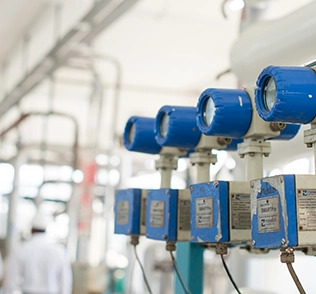The process of conversion of seawater into freshwater is a known as Desalination. This is a vital process addressing the global water scarcity issue. In this blog, we will walk you through the various steps involved in the desalination process at any reputed water solution company
Intake System
The first step involves drawing seawater into the desalination plant through an efficient intake system. This system ensures a steady flow for subsequent processes.
DAF/BSF/Disk Filter
Utilizing cutting-edge water treatment equipment like Dissolved Air Flotation (DAF), Biological Sand Filters (BSF), or Disk Filters, impurities, sediments, and organic matter are removed. DAF efficiently removes floating particles, while BSF and Disk Filters tackle further impurities, setting the stage for a cleaner water stream.
Ultrafiltration
Through ultrafiltration, water is forced through membranes with tiny pores, capturing bacteria, viruses, and suspended solids. Water solution companies rely on this method for superior purification, ensuring only the purest water moves forward.
RO Feed Pumps
The Reverse Osmosis (RO) process requires robust RO feed pumps to maintain pressure and push water through the RO membranes. Reliable water treatment equipment companies ensure the pumps are efficient, ensuring the subsequent RO process functions optimally.
RO Membranes (Single-stage / Multi-stage)
RO membranes are the heart of the desalination process, selectively allowing water molecules to pass through and rejecting salts and contaminants. Whether utilizing a single-stage or multi-stage RO system, the membranes play a pivotal role in achieving high-quality freshwater.
De-mineralization
After RO, further de-mineralization is conducted to eliminate any remaining minerals and impurities, ensuring the water is safe for consumption. Experts from a water solution company employ this crucial step to achieve the desired water purity standards.
Disposal of Brine
The leftover concentrated saline solution, or brine, is responsibly managed to avoid environmental harm. Environmentally conscious water solution companies employ responsible disposal methods, preventing adverse effects on marine life and ecosystems.
Conclusion
Understanding the intricate steps in the desalination process showcases the dedication of water solution companies in providing safe and sustainable water sources. The amalgamation of advanced water treatment equipment, responsible brine disposal, and precise purification methods signifies a promising future for accessible freshwater resources. With continued advancements and a commitment to environmental responsibility, the process of desalination is set to play a crucial role in meeting the growing global demand for clean, drinkable water.



